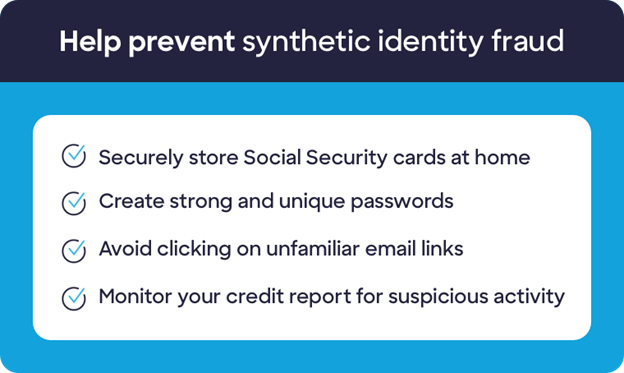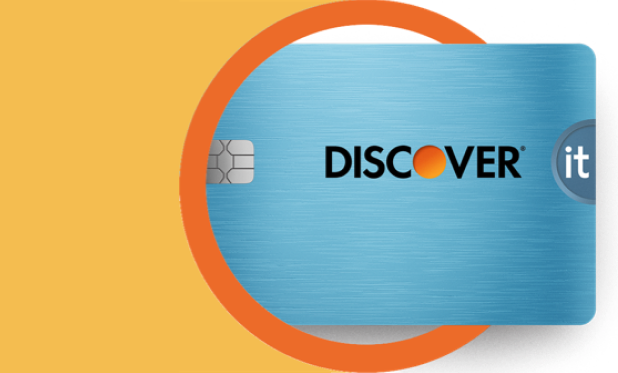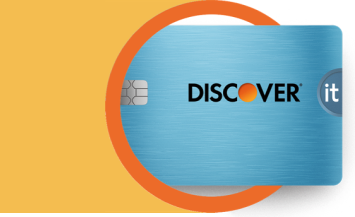Unfamiliar accounts: You may notice new credit cards, loans, or utility accounts appearing on your credit report. These may connect to your personal information, but the accounts themselves are unfamiliar to you.
Inconsistent personal information: Because of the combination of real and fake information, you may see variations of your personal information. Look for small changes in your name, birthdate, or address.
Unexpected mail or communications: You might receive bills, statements, or collection notices for accounts that you didn't open. Also, watch out for calls or emails from creditors or debt collectors about debts that aren't yours.
Errors on your credit report: Synthetic identity theft may involve the creation of fraudulent accounts that show up on your credit report. They may have incorrect information or small discrepancies.
Difficulty obtaining credit: Fraudulent accounts created using your information may impact your credit history or trigger fraud alerts. This could cause a problem when opening new credit accounts.
Suspicious or unfamiliar activity: Look for activity on your bank and credit accounts — such as strange purchases, withdrawals, or changes to account information.








